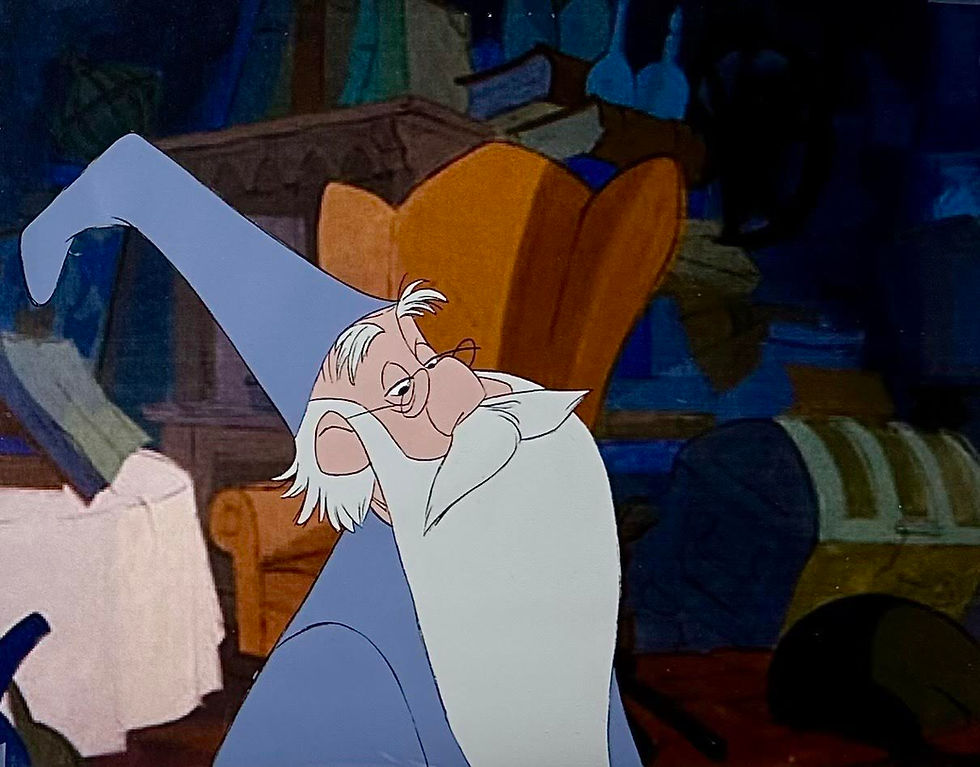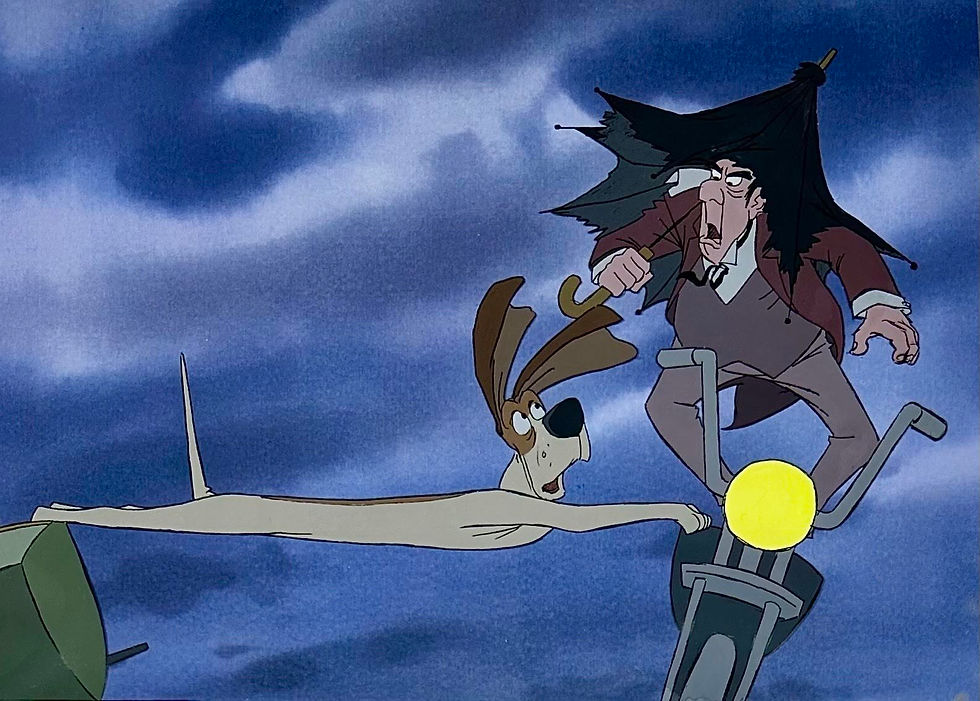Joseph (From Men in the Cities), 2000 by Robert Longo
- Untitled Art Gallery

- Mar 10, 2023
- 3 min read

Joseph (From Men in the Cities), 2000; Lithograph on Arches Cover Paper; Signed and dated in pencil lower right, Numbered 36/50 in pencil lower left; Published by Wolfryd-Selway Fine Art, West Hollywood; Size - Sheet 70 x 40", Frame 75 3/4 x 45 3/4"; Framed floated on white linen with a black wood exterior frame and plexiglass.
"If you're fortunate enough with your history, like withe Men in the Cities, your work becomes so absorbed in culture that the authorship of it doesn't exist anymore." - Robert Longo
Robert Longo (b. 1953) is an American artist, filmmaker, photographer, and musician. He is most known for his large-scale, hyper-realistic charcoal portraits that reference power, authority, and social unrest. In the early 1980's he earned acclaim for his “Men in the Cities” series, which feature business attire subjects posed in uncanny contortions. Since then, he has depicted scenes from the Occupy Wall Street movement, the aftermath of the Charlie Hebdo shooting in Paris, Black Lives Matter protests, and refugee migrations. A member of the loose cohort of Pictures Generation artists, who repurpose mass media images in their artwork, Longo draws inspiration from photographs and art historical reference material. He often uses a black and white or a monochromatic palette, carefully building his charcoal surfaces to create a sense of depth and contrast. He has exhibited at the Aldrich Contemporary Art Museum, the Brooklyn Museum, and the Los Angeles County Museum of Art, and his work hangs in the world's greatest art museums.
Robert Longo's "Men in the Cities" series is composed of writhing dancing figures in space. For the series, Longo photographed his friends lurching backward, collapsing forward, or sprawled on an invisible pavement. After enlarging the pictures using a projector, Longo and his assistant drew them in sizes ranging from three-quarter scale to larger than life-size. In the process, the poses were often dramatized and their attire was converted into a black-and-white business formal. The idea for this work came, in 1975, from a still image in Rainer Werner Fassbinder's film The American Soldier. According to art critic Los Angeles Times writer William Wilson, the pictures recall nothing so much as the final scene in Ingmar Bergman's The Seventh Seal. About four years passed before Longo turned the vision of a man shot in the back into a monumental series of drawings.
"Joseph" is a large scale work by Robert Longo, with the sheet size being a huge seventy inches tall. The image shows a young man whose left leg has given way, as his knee buckles causing his left foot to lift and twist. Joseph's left shoulder is thrust back from his body, as is his left arm. His right shoulder and arm are in front of him and blocked by his body from the viewer. The movement is sudden and impactful, as exemplified by his black neck tie flailing in the air above him. Joseph's head is tilted back further conveying a very violent and unnatural human pose being caused by an unknown force. An absolutely stunning work by Robert Longo and a major addition to any art collection!
"You know. I think I hope I’m trying to tell the truth, and in that sense stylistically I’ve tried to avoid a style that is recognizable as a kind of like…that what Men in the Cities encapsulated. And I think that like, all these black and white drawings are basically reflective of the landscape of the world we live in. I think that my black and white drawings are… They exist somewhere between traditional representation and modernist abstraction—it’s almost like I translate photographs or something. I mean, we still see the world in photographs, in that sense. And I think black and white is actually highly abstract in that sense." - Robert Longo
#Robert Longo #Longo #Joseph #Drawing #PicturesGeneration #Realism #MenintheCities #lithograph #untitledartgallery #art #artist #modernart #figuerism #hyperrealism






